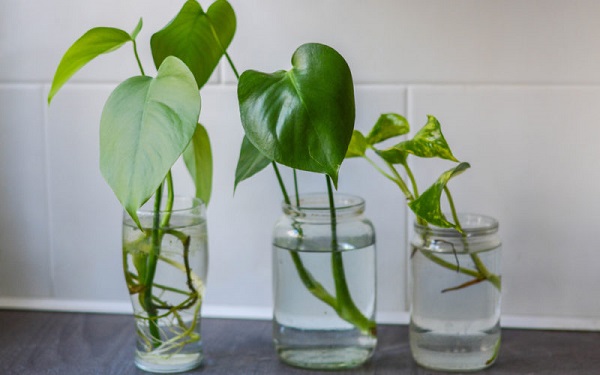
Propagation is an essential technique for plant reproduction, allowing gardeners, horticulturists, and plant enthusiasts to expand their collections or propagate plants for various purposes. Selecting the right donor plant is a crucial step in successful propagation. There are several key factors to consider when choosing a proper donor plant.
Health and Vigor
Selecting a healthy and vigorous donor plant is essential for successful propagation. Look for plants that display robust growth, vibrant foliage, and overall good health. Avoid plants that show signs of disease, insect infestations, or nutrient deficiencies. Healthy donor plants will have a higher chance of producing strong and viable offspring.
Genetic Traits
Consider the desired genetic traits of the propagated plants. If you are aiming to replicate specific characteristics, such as flower color, fruit size, or growth habit, choose a donor plant that exhibits those traits. It is important to note that some traits may be influenced by both genetics and environmental factors, so observe the donor plant’s performance over multiple growing seasons to ensure consistency.
Age and Maturity
The age and maturity of the donor plant can impact its ability to produce healthy offspring. Young plants that are too immature may not have developed sufficient resources for successful propagation. On the other hand, older plants may have decreased vigor or reduced reproductive capacity. Select donor plants that are in their prime, typically between 2 and 5 years old, depending on the species.
Disease Resistance
Consider the disease resistance of the donor plant, especially if you are propagating for landscape purposes or commercial production. Choose plants that have demonstrated resistance to common pests, diseases, or environmental stresses. This will help ensure that the propagated plants inherit a level of natural resistance and thrive in their new environment.
Environmental Adaptability
Consider the environmental conditions in which the donor plant has been grown. If you plan to propagate plants for a specific location or climate, choose a donor plant that has been thriving under similar conditions. This increases the likelihood that the propagated plants will adapt well to the target environment.
Additional Information
For more detailed information on selecting proper donor plants for propagation, you can visit University of California Agriculture and Natural Resources which provides information on various agricultural and horticultural topics, including plant propagation. Their website offers articles, guides, and resources on selecting donor plants, propagation techniques, and related topics. You can also visit The Missouri Botanical Garden which is a renowned institution dedicated to plant science and conservation. Their website provides comprehensive information on plant propagation, including guides on selecting donor plants, propagation methods, and best practices.
Conclusion
Selecting the right donor plant is a critical step in successful propagation. By considering factors such as health, genetic traits, age, disease resistance, and environmental adaptability, you can increase the chances of producing healthy and thriving offspring. Remember to consult reputable sources and consider the specific requirements of the plant species you are propagating. With careful selection, you can enjoy the rewards of successful propagation and expand your plant collection or contribute to plant conservation efforts.
Related Articles & Free Email Newsletter Sign Up
Environmental Consistency is a Must for Successful Plant Propagation
How Rooting Compounds Work and Why You Need Them




Comment here